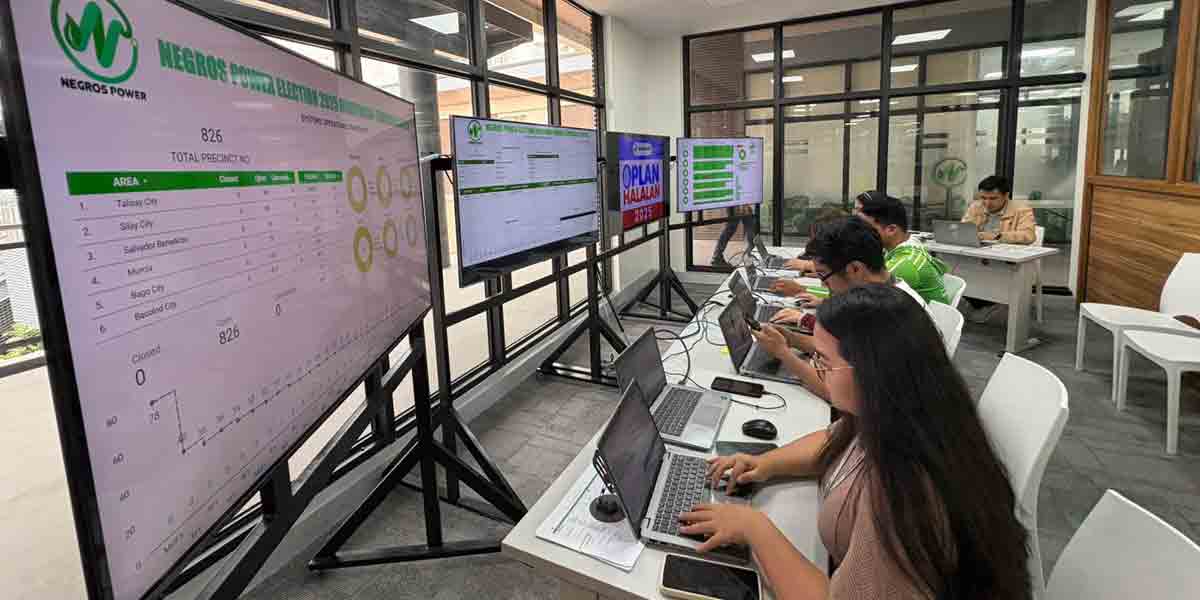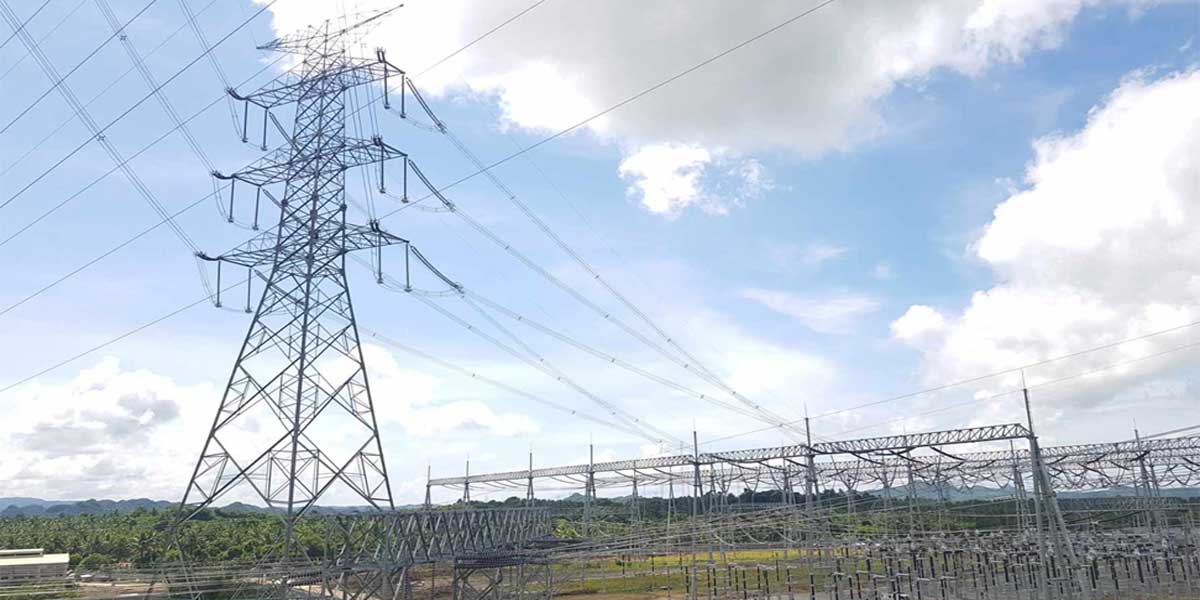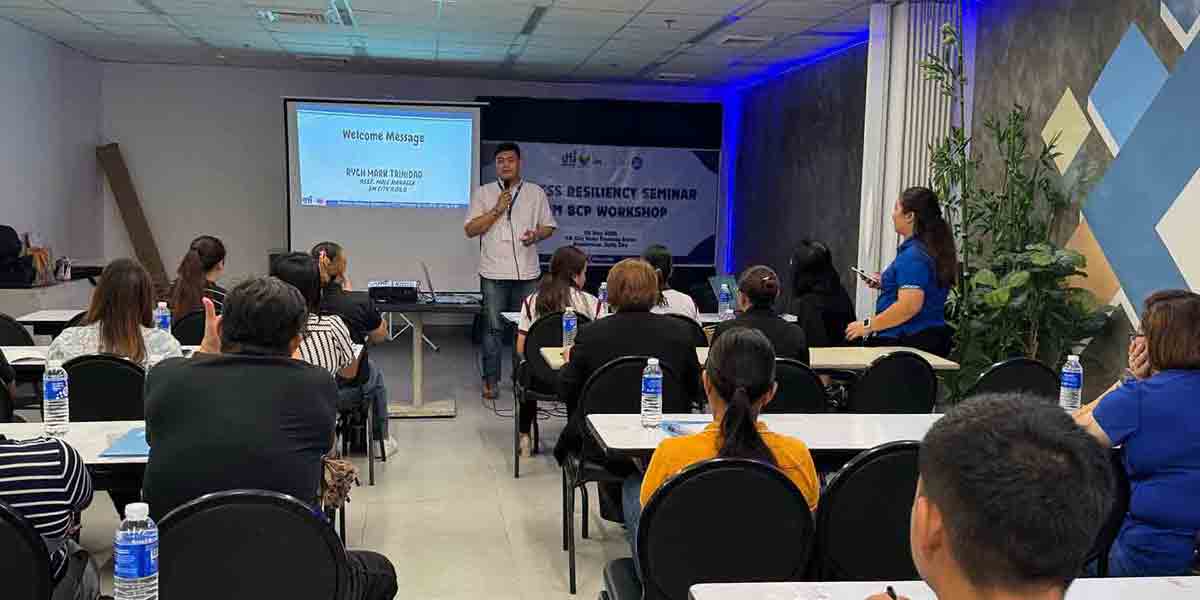By Rjay Zuriaga Castor
Despite the project being on schedule, business groups in Iloilo City urged the National Historical Commission of the Philippines (NHCP) and the city government to expedite the redevelopment of the Iloilo Central Market and the Iloilo Terminal Market.
Statements of support for the redevelopment of the Iloilo Terminal Market, or “Super,” and the Iloilo Central Market were sent to the offices of the NHCP and City Mayor Jerry Treñas on June 20 and 21.
The rehabilitation of the city’s two largest public markets started in September 2023, with the redevelopment expected to be completed in December 2024.
During his site visit to the Iloilo Central Market on May 16, Treñas announced a topping-off ceremony for August, marking the end of concrete works and the beginning of finishing jobs.
By November, vendors currently in temporary stalls are expected to move into the newly redeveloped market.
Treñas also confirmed that the December 2024 completion date remains on track.
The projects, costing P1.5 billion each, were funded by SM Prime Holdings, Inc. (SMPHI) through a public-private partnership scheme with the city government. SMPHI was awarded the 25-year lease agreement for the redevelopment in August 2022.
However, it appears that NHCP’s evaluation of the Central Market following the demolition of its 80-year-old art deco façade – considered an Important Cultural Property under Republic Act No. 10066 – may have delayed the project.
In their statements, business groups expressed concern about the economic disruption caused by temporary market stalls, which exacerbated traffic congestion, the La Niña phenomenon, and the Dinagyang Festival next year.
The Iloilo Federation for Information Technology, Inc. (IFIT), an organization of members from the IT-BPM industry, said the redevelopment of the Iloilo Central Market and the Terminal Market is vital to the city’s economic health and cultural heritage.
“The redevelopment project holds immense potential economic benefits for our community and the city at large, promising increased commerce, tourism, and employment opportunities,” IFIT said.
IFIT expressed they are “disheartened” that the redevelopment of the two markets has stalled, alleging that there have been no updates from the NHCP regarding its review and approval.
Iloilo Economic Development Foundation, Inc. chairman, Engr. Terence Uygongco stressed that the temporary market stalls along the streets have already caused significant disruption to the daily operations of market vendors and surrounding businesses.
He also pointed out that the worsening traffic conditions near the market area, as economic activities peak during the holiday season and the Dinagyang Festival in January next year, will only add to the public’s inconvenience.
“The influx of tourists and the heightened economic activities during this period necessitate that we present a city that is organized, efficient, and capable of handling increased foot and vehicular traffic,” Uygongco said.
Meanwhile, the Filipino Chinese Chamber of Commerce of Iloilo, Inc. (FCCCIl) emphasized that they are increasingly concerned about the timely completion of these projects by December 2024.
“The current situation of temporary market stalls along the streets, coupled with the impending La Niña phenomenon, poses significant challenges to our market vendors and the overall flow of traffic within the city,” said Vicente Tang, FCCCII’s immediate past president.
Tang pointed out that with the approaching holiday season, economic activity is expected to peak in Iloilo City, further exacerbating the congestion caused by the temporary stalls.
“We believe that expediting the construction will not only alleviate the hardships faced by our market vendors but also significantly improve traffic conditions during the holiday season and the Dinagyang Festival,” he added.
The Philippine Retailers Association’s (PRA) Iloilo Chapter said the redevelopment “promises to boost business, tourism, and opportunities for employment, all of which could have a positive economic impact on the retail industry and the city as a whole.”
PRA added that the redevelopment is expected to increase the efficiency of retail enterprises and is “an essential first step towards a future that is safer and more profitable for the retail industry in Iloilo City.”
Fulbert Woo, president of the Philippine Chamber of Commerce and Industry – Iloilo Chapter (PCCI Iloilo), said the delay in the construction of the markets poses significant challenges to market vendors.
“The temporary stalls not only fail to provide adequate shelter, especially with the rainy season approaching, but have also contributed to severe traffic congestion, affecting both vendors and consumers,” Woo said.
Woo also pointed out that the upcoming Dinagyang Festival highlights the urgency of completing the projects on time.
The Bankers Association of Iloilo, Inc. said the temporary stalls of market vendors along the streets have caused inconveniences to its clients, such as the traffic situation in the areas.
The banking community added that their sales dropped dramatically for businesses. They did not, however, indicate figures to corroborate their claim of declining economic activity.
Mavi Gustilo, president of the Philippine Institute of Civil Engineers, Inc., said the redevelopment is an invaluable opportunity to revitalize the community and enhance the quality of life for residents and visitors alike.
“The improved infrastructure, increased vendor space, and possible new amenities will significantly improve the overall experience of all who wish to visit,” Gustilo added.
Gustilo, also the chief of the Office of the Building Official (OBO), initially recommended retrofitting the more than 100-year-old Iloilo Central Market, but its inspection report from August 9, 2022, identified significant structural defects in the market and recommended immediate repairs to prevent further deterioration.
The report also advised demolishing structures that were beyond repair, including the 80-year-old art deco façade, presumed to be an Important Cultural Property under Republic Act No. 10066 (National Cultural Heritage Act of 2009, as amended).


















